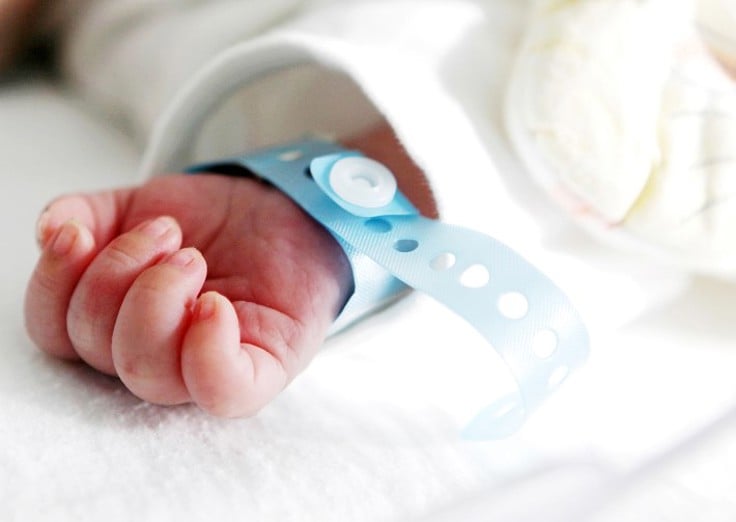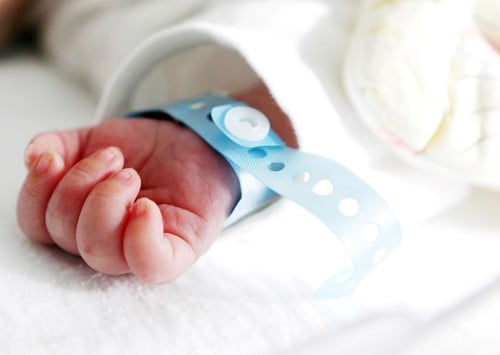Getting pregnant shortly after a stillbirth poses no risks
Research findings
|Published
Getting pregnant within 12 months after a stillbirth does not increase the risk of pregnancy complications, according to a new international study.
To reduce the risk of pregnancy complications in the next pregnancy, the World Health Organization (WHO) recommends women to wait at least two years after giving birth to a live child and at least six months after a miscarriage or abortion, before getting pregnant again. There are no such recommendations for how long to wait after a stillbirth.
A team of international researchers, including researchers from the Centre for Fertility and Health at the Norwegian Institute of Public Health, have examined whether there is an increased risk of pregnancy complications if a new pregnancy occurs shortly after a stillbirth.
Important knowledge for those who have experienced stillbirths
"Getting pregnant within 12 months after a stillbirth did not lead to an increased risk of pregnancy complications. This is important knowledge for families experiencing stillbirths," says first author of the study Annette Regan at the University of Curtin, Australia.
"It is likely that WHO will extend its recommendations to also include the recommended interval after a stillbirth, and this study will be a useful contribution," says Maria Christine Magnus, researcher at the Centre for Fertility and Health.
This study, published in The Lancet, has investigated 14,452 births in women from Finland, Norway and Australia between 1980 and 2016, who had previously experienced a stillbirth. 63 per cent became pregnant again within 12 months of a stillbirth. The study included major national health registries from Australia, Finland and Norway, thereby including a sufficient number of pregnancies after a previous stillbirth.
New and important knowledge
"Using information across these countries, we examined whether the time interval between a stillbirth to a new pregnancy influenced the growth of the foetus, the risk of premature birth or the risk of a stillbirth in the next pregnancy," says Maria Christine Magnus.
"This research provides new and important knowledge for families experiencing stillbirths and can reassure women who either become quickly pregnant again or would like to, that it's okay," says Annette Regan.
The study is the result of a collaboration between researchers from the Centre for Fertility and Health at the Norwegian Institute of Public Health, Curtin University in Australia, and the National Institute for Health and Welfare in Finland. It is one of the largest known international studies that investigates the relative importance of waiting to become pregnant after stillbirth.

